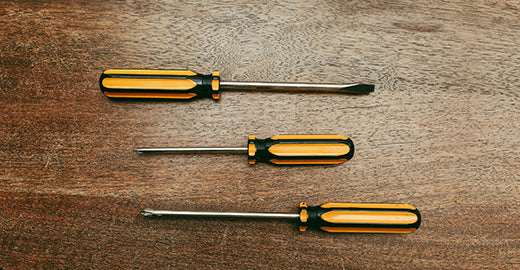About Maintenance: Essential Tips for Peak Riding Experience

Whether you're an experienced rider or a beginner, keeping your beloved mountain bike in top condition is crucial for a smooth and enjoyable riding experience. In this guide, we'll share preventive measures, diagnostic techniques, and maintenance advice to ensure your mountain ebike stays in excellent shape.
Clean and Lubricate the Drivetrain System
The drivetrain system of a electric ebike consists of numerous small components working together. Despite its apparent complexity, keeping it running smoothly is straightforward: keep it clean and lubricated.
Any grit and dust clinging to the drivetrain act like sandpaper, gradually causing wear, especially on your chain. Every two to three rides, quickly clean it with a cloth, an old toothbrush, and a cleaning agent, then re-lubricate the chain for optimal performance.
For those who prefer less hassle, consider using a chain cleaner. These affordable tools, combined with a cleaning solution, effectively remove dirt from the chain gaps. When lubricating the chain, avoid using too much oil—just a drop on each chain link is perfect.
Properly Set Tire Pressure
The tubeless tires commonly found on mid to high-end mountain bikes provide a more reliable system than traditional open tires. However, because air can still escape from various points, including leaks through the sidewalls, checking tire pressure before each ride is always the best practice.
Tire pressure has a significant impact on ebike performance. Too low pressure causes the tire sidewalls to flex and fold during turns, making the handling feel vague and unpredictable. It can also lead to punctures or damage to your wheel rims, especially during off-road rides. Conversely, too high pressure prevents the tire rubber from conforming to the ground, reducing grip and control.
The difference between too high and too low pressure can be small, sometimes just a few PSI. A tire pressure gauge is essential for mountain bike riders.
Set Up Your Suspension System
With advancing technology, mountain bike suspension systems are becoming increasingly complex, and adjusting them may seem daunting. However, if the suspension is not set up correctly, even the most expensive and advanced front forks and rear shocks become meaningless. Regardless of whether you're using air suspension or coil suspension, heavier riders need to set up the suspension system to be firmer compared to lighter riders. Properly setting up the suspension is key to ensuring your bike performs at its best.
Most front forks have a pressure reference chart on the back of the fork legs, serving as a useful guide. For the rear shock, check the manufacturer's official website or manual for recommended settings. If you're using air suspension, use a high-pressure pump when making adjustments.
Listen to Your Bike
Every bike may develop creaking or squeaking at some point, and identifying and addressing it before it worsens is essential. If the noise disappears when you stand up and pedal, the issue may be related to your seat post or saddle. If the sound persists, you may need to check the bottom bracket and headset. Additionally, issues with disc rotor bolts, pedal threads, and cranks can also be sources of noise. When checking, start with the bolts, and then dismantle one part at a time in the area where the noise seems to originate. Ensure each part is clean and apply lubricant as needed.
Creaking sounds from the front of the bike often come from the handlebars, stem, and headset. You can stand in front of the bike, grip the wheel between your legs, and twist the handlebars to see if they make any noise. If they do, first ensure that the bolts are tightened to the correct torque. When installing, you can apply a thin layer of grease to the bolt threads, which helps ensure they tighten smoothly.
Use the Internet to Troubleshoot Issues
Whether it's a stiff feeling in your gears or sluggish shifting, your bike is telling you it needs adjustment and maintenance. There are numerous instructional videos online showing how to repair various issues. When you genuinely need to learn, start by checking the official website of the component, looking for their instructions and recommendations. Then, continue seeking additional advice.
Don't Hesitate to Visit a Bike Shop
For many riders who may be somewhat apprehensive, bike shops might seem intimidating. However, they typically possess extensive knowledge and can help address the problems you encounter. Even if you didn't purchase your bike from them, they're often willing to provide you with the tools you need and might offer some guidance. If you prefer, you can pay for a technician to perform the repairs, ensuring your bike remains in optimal condition.
Riding is an enjoyment, and having a well-maintained mountain bike will enhance the fun of your adventures. Through regular upkeep and care, you can ensure your bike performs admirably across various terrains in both mountainous and urban environments. Keep your bike in top condition and make your riding experience truly exhilarating!
